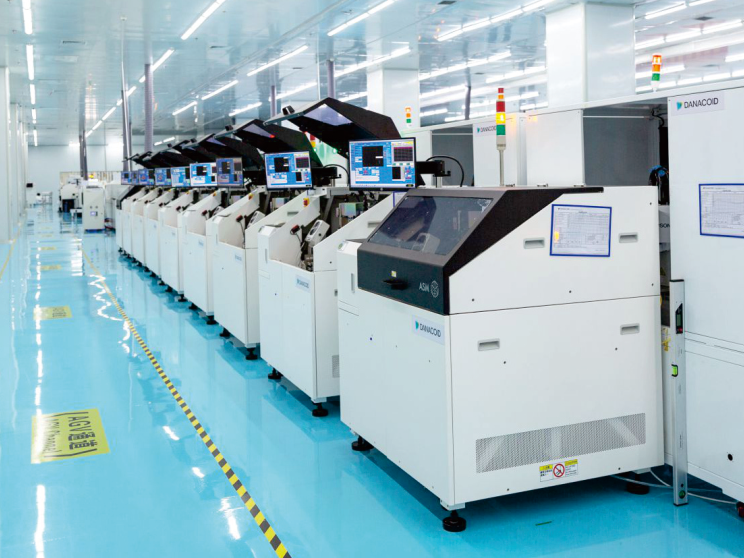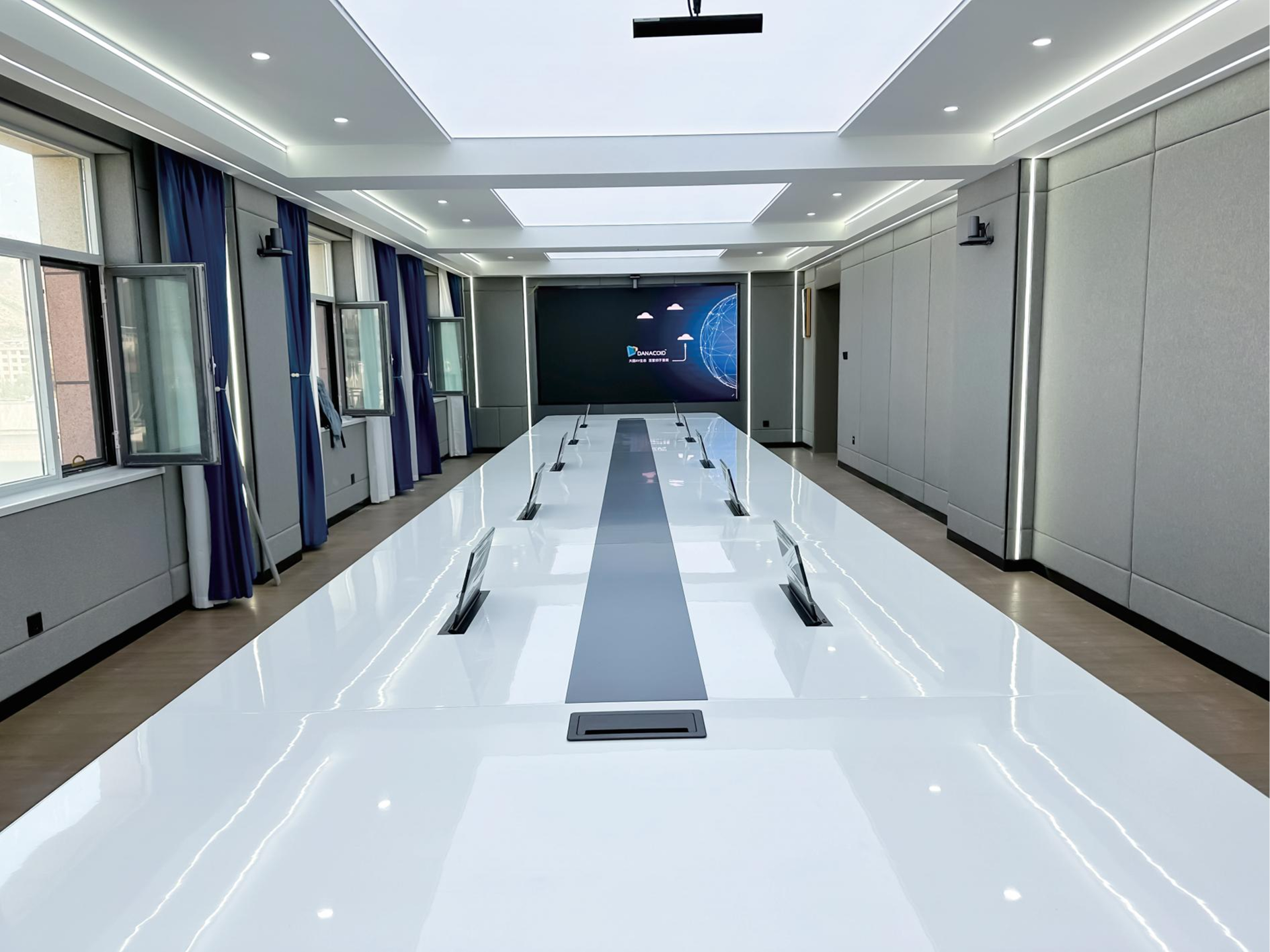Soundproofing transforms your recording space into a professional environment. It blocks external noise and enhances sound clarity. In 2025, advancements in materials make this process more efficient. By following best practices, you can create a space that meets modern recording standards. Start soundproofing today to elevate your audio quality.
Why Soundproofing Matters
Benefits of Soundproofing for Recording
Soundproofing creates a controlled environment for your recordings. It eliminates distractions caused by external sounds. This allows you to focus on capturing clean and professional audio. A soundproof room ensures that your recordings remain consistent, even in noisy surroundings. You can also reduce the need for post-production editing. This saves time and preserves the natural quality of your recordings. By following best practices, you can achieve a studio-like atmosphere in your space.
Reducing External Noise Interference
External noise can ruin the quality of your recordings. Sounds like traffic, footsteps, or even distant conversations may seep into your audio. These interruptions make your recordings less professional. Soundproofing blocks these noises from entering your space. It creates a barrier that keeps unwanted sounds out. This ensures that your microphone captures only the intended audio. You can record with confidence, knowing that external noise will not interfere.
Improving Recording Clarity and Professionalism
A soundproof room enhances the clarity of your recordings. It prevents echoes and reverberations from bouncing around the space. This results in crisp and clear audio. Professional recordings require this level of quality. Clients and listeners expect clean sound without distractions. Soundproofing helps you meet these expectations. It also boosts your confidence as a creator. You can produce content that sounds polished and professional every time.
Best Practices for Choosing the Right Space
Identifying Ideal Room Characteristics
Choosing the right room is the foundation of effective soundproofing. Look for a space with solid walls, floors, and ceilings. Rooms with concrete or brick surfaces work better than those with thin drywall. A smaller room with fewer windows and doors is easier to soundproof. High ceilings can create echoes, so aim for a space with moderate height. Avoid rooms with irregular shapes, as they can cause sound to bounce unpredictably. A rectangular or square room provides better control over sound.
Avoiding Rooms with High Noise Exposure
External noise can disrupt your recordings, even with soundproofing. Avoid rooms near busy streets, train tracks, or noisy appliances like air conditioners. Spaces close to shared walls in apartments or offices may also pick up unwanted sounds. Choose a room located farther from these noise sources. If possible, select an interior room without windows. This reduces the chance of outside noise entering your recording space. By following these best practices, you can minimize external interference.
Arranging the Room Layout for Optimal Soundproofing
The way you arrange your room impacts its soundproofing effectiveness. Place your recording equipment away from windows and doors. Use heavy curtains or blinds to cover windows and reduce sound leakage. Position bookshelves or furniture against walls to add mass and absorb sound. Keep the center of the room clear to avoid creating unnecessary echoes. A well-organized layout ensures that your soundproofing efforts deliver the best results.
Best Practices for Essential Soundproofing Techniques
Decoupling Walls, Floors, and Ceilings
Decoupling separates surfaces to prevent sound vibrations from traveling through walls, floors, and ceilings. You can achieve this by using resilient channels or sound isolation clips. These tools create a gap between the drywall and the structural frame, reducing sound transfer. Floating floors are another option. They involve installing a layer of soundproofing material beneath the flooring to absorb vibrations. Decoupling is one of the most effective ways to block low-frequency sounds like bass or heavy machinery noise.
Adding Mass with Drywall and Insulation
Adding mass to your walls, floors, and ceilings helps block sound waves. You can install multiple layers of drywall to increase density. Use soundproof drywall, which contains sound-dampening materials, for even better results. Pair this with insulation, such as mineral wool or fiberglass, inside the walls. Insulation absorbs sound energy and prevents it from bouncing around. This combination of mass and absorption creates a powerful barrier against noise.
Sealing Air Gaps and Openings
Air gaps are one of the biggest culprits of sound leakage. Inspect your room for cracks around doors, windows, and electrical outlets. Use acoustic caulk to seal these gaps. Door sweeps and weatherstripping can block noise from entering through door frames. For windows, consider installing soundproof window inserts. By sealing every opening, you ensure that your soundproofing efforts are not wasted.
Using Acoustic Panels, Bass Traps, and Foam Tiles
Acoustic panels, bass traps, and foam tiles improve the acoustics of your room. Acoustic panels absorb mid to high-frequency sounds, reducing echoes. Bass traps target low-frequency sounds, which often cause muddiness in recordings. Foam tiles help control sound reflections and add a professional look to your space. Place these materials strategically on walls, corners, and ceilings for maximum effectiveness.









